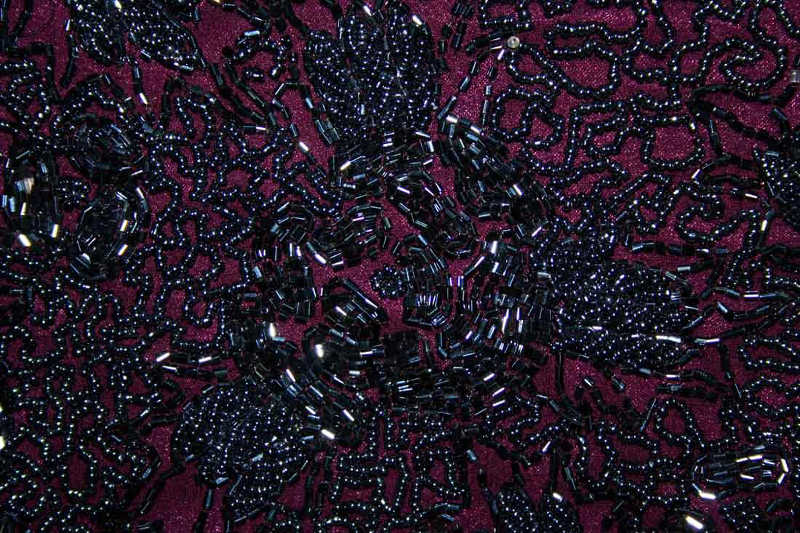===
0705,
5
===

=== |
 |
nishaan : 'Sign; signal; mark, impression; character; seal, stamp; proof; trace, vestige; —a trail; clue; —place of residence (of a person), whereabouts'. (Platts p.1139)
suraa;G : 'Sign, mark, footstep, trace, track, clue; search, inquiry; spying'. (Platts p.650)
FWP:
As SRF says, it's that hamaaraa that's so mysterious and problematical; it attaches a red flag to the question of who the speaker might be, and forces us to grapple with it. To take Mir himself to be talking or thinking to himself, is surely the more fruitful reading. It falls at once into a whole Sufistic tradition of seeking or finding (knowledge of) God within the self; SRF has given the excellent example of {570,10}. Otherwise, it's indeed difficult to envision who or what might say such words to Mir.